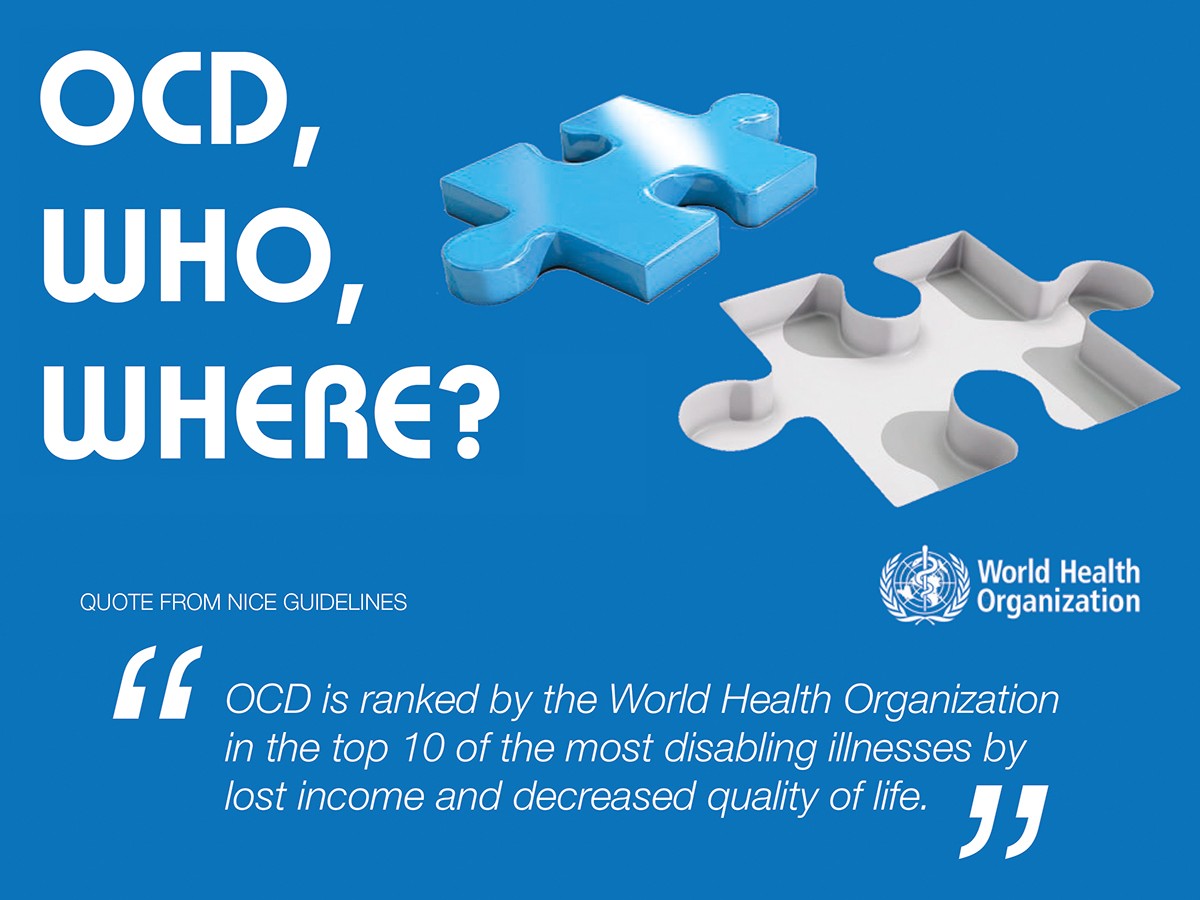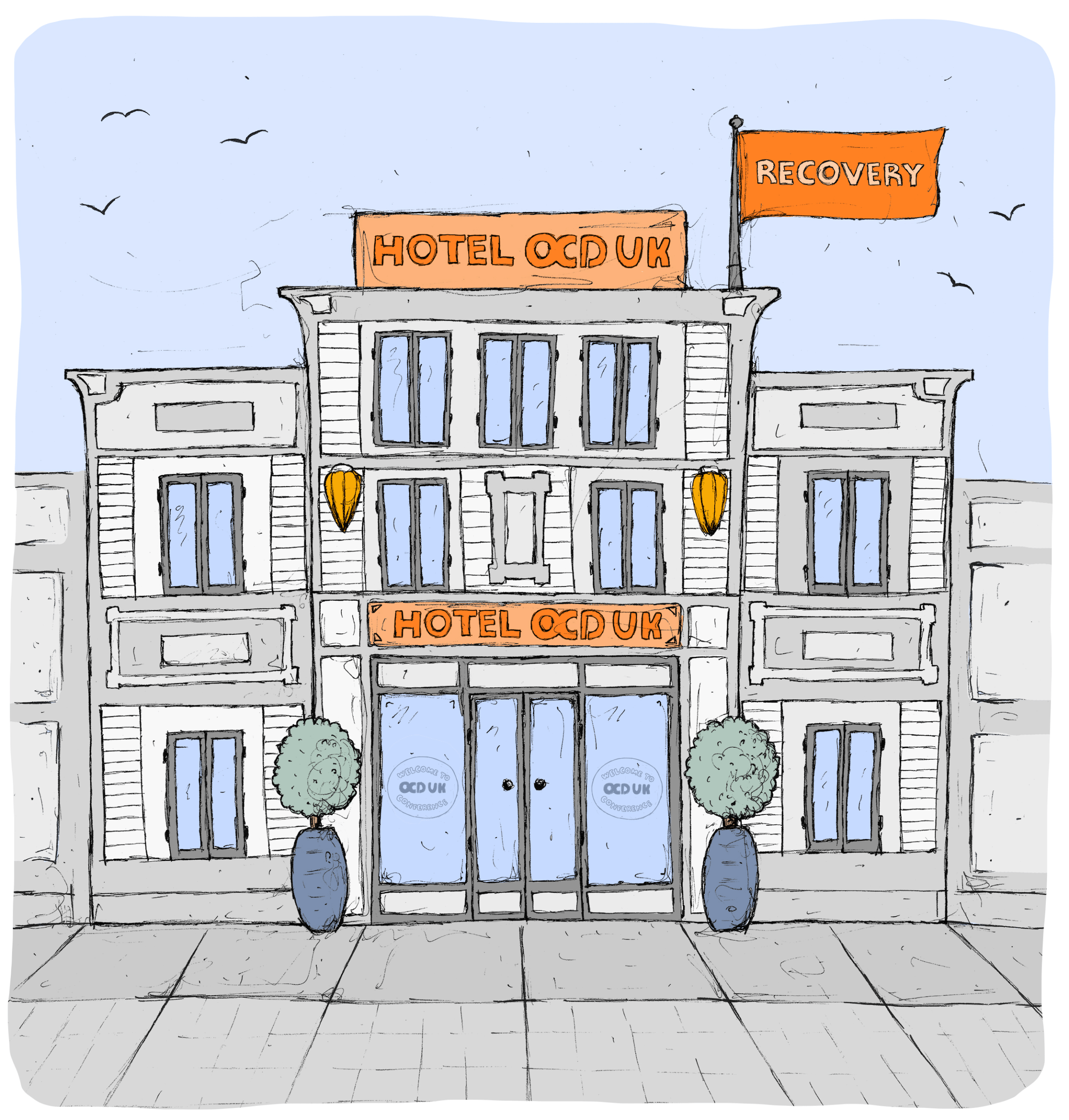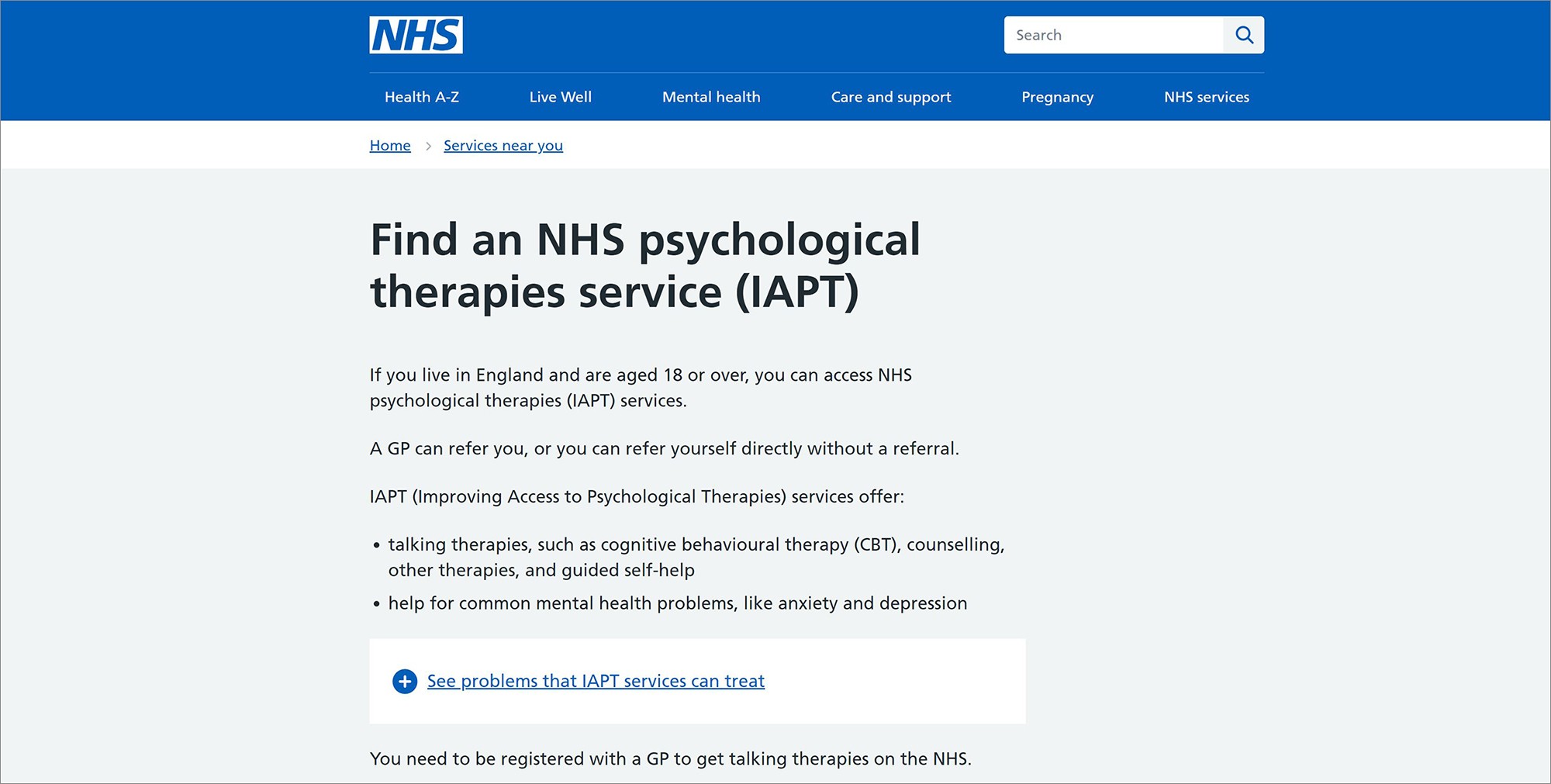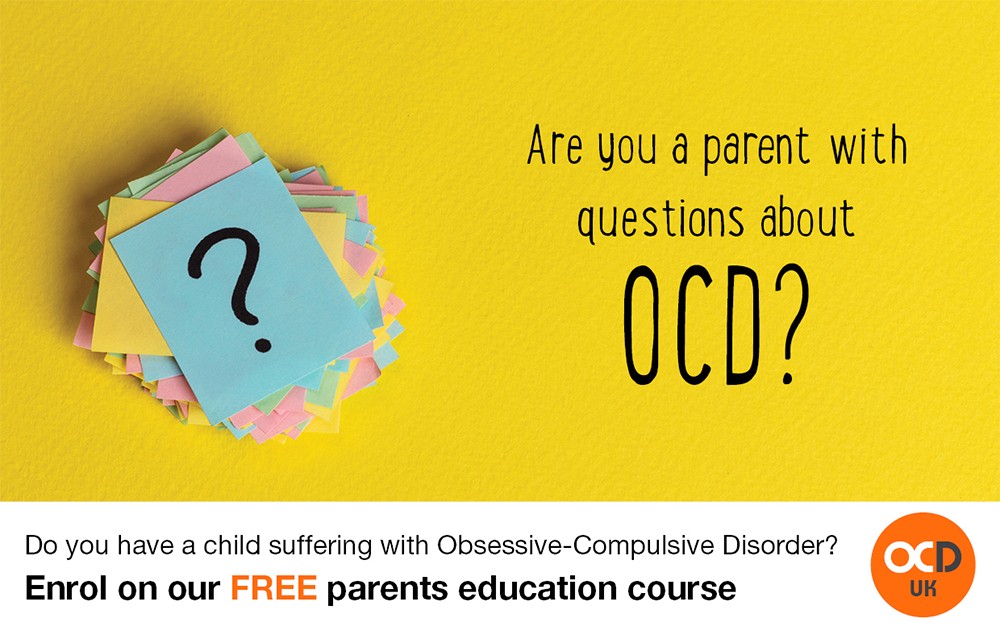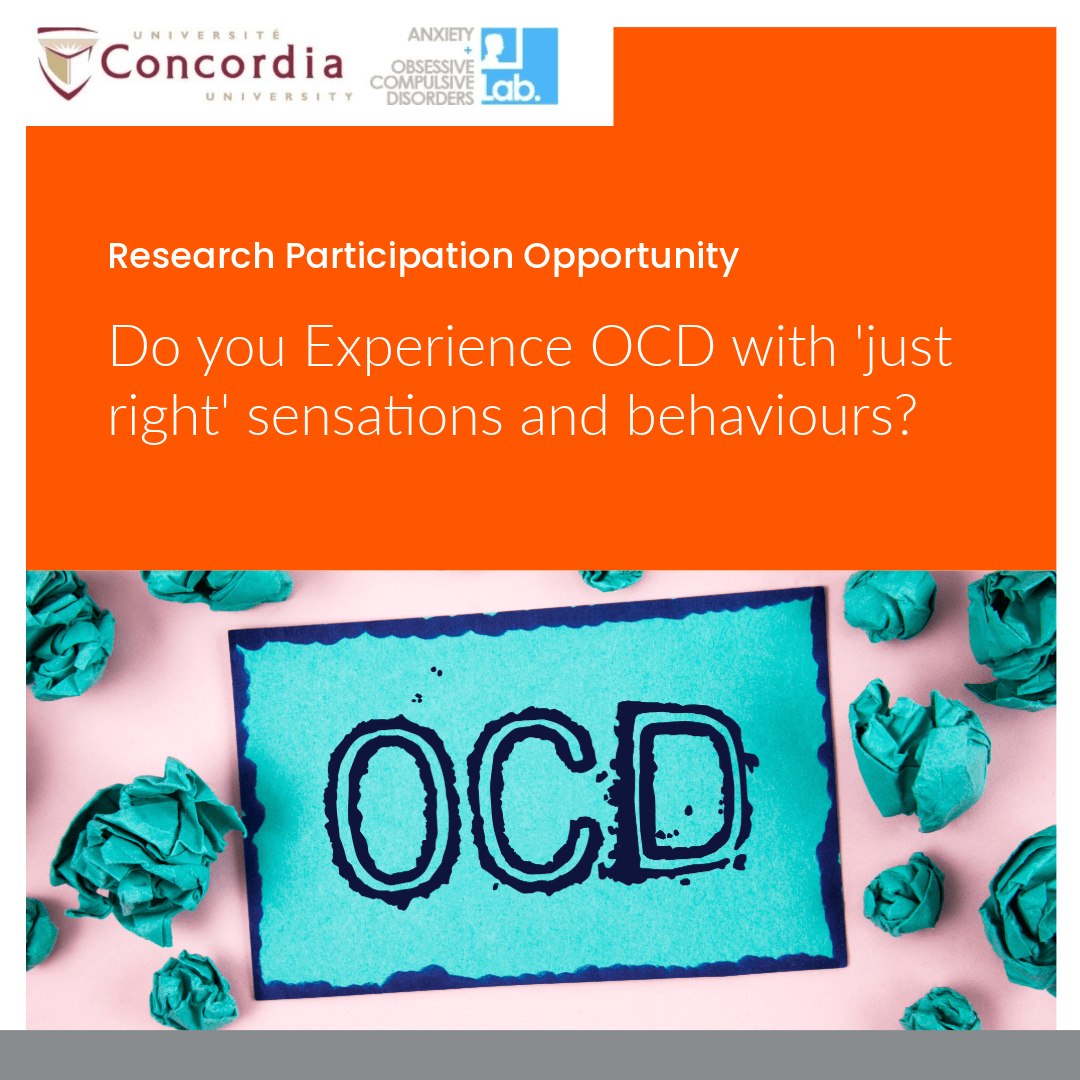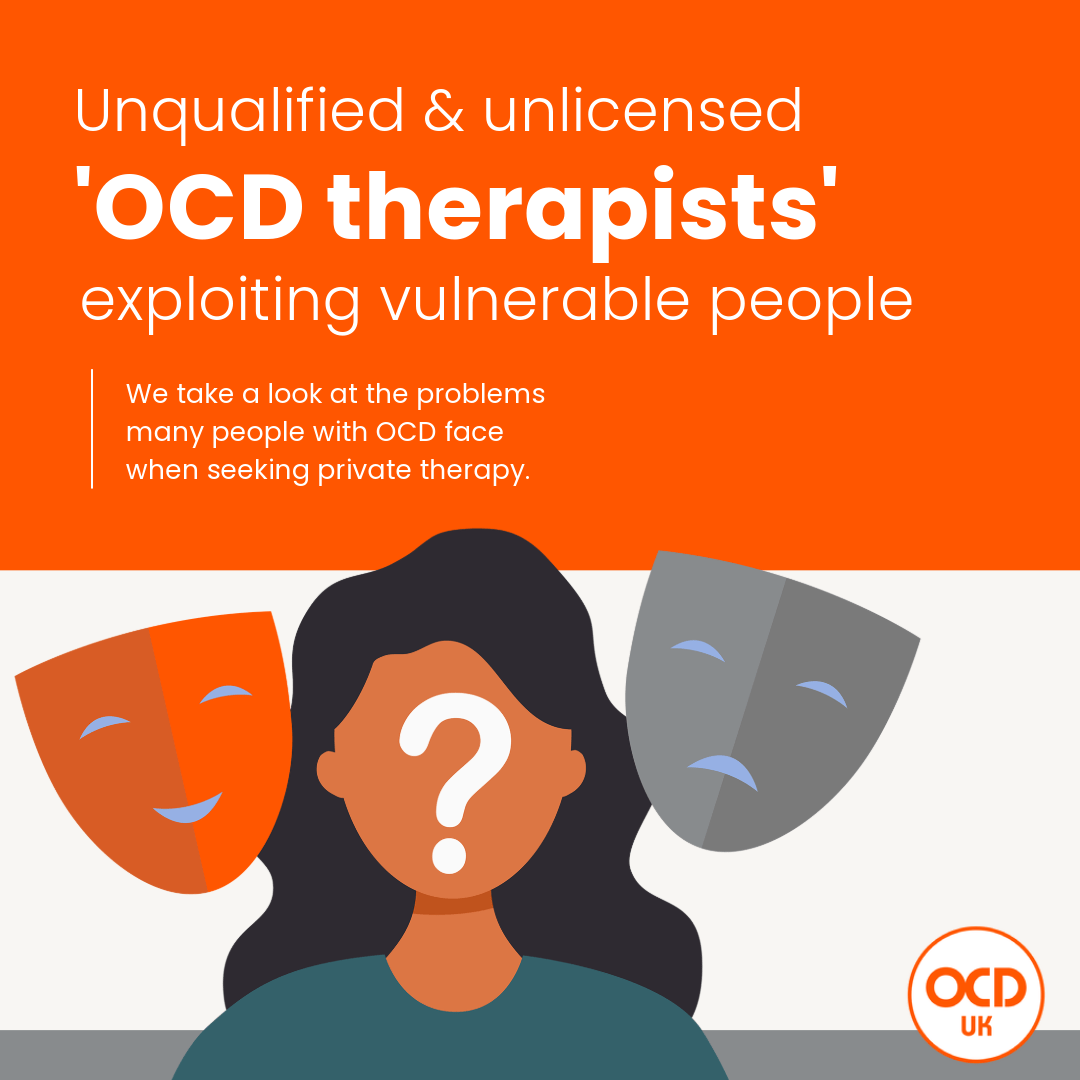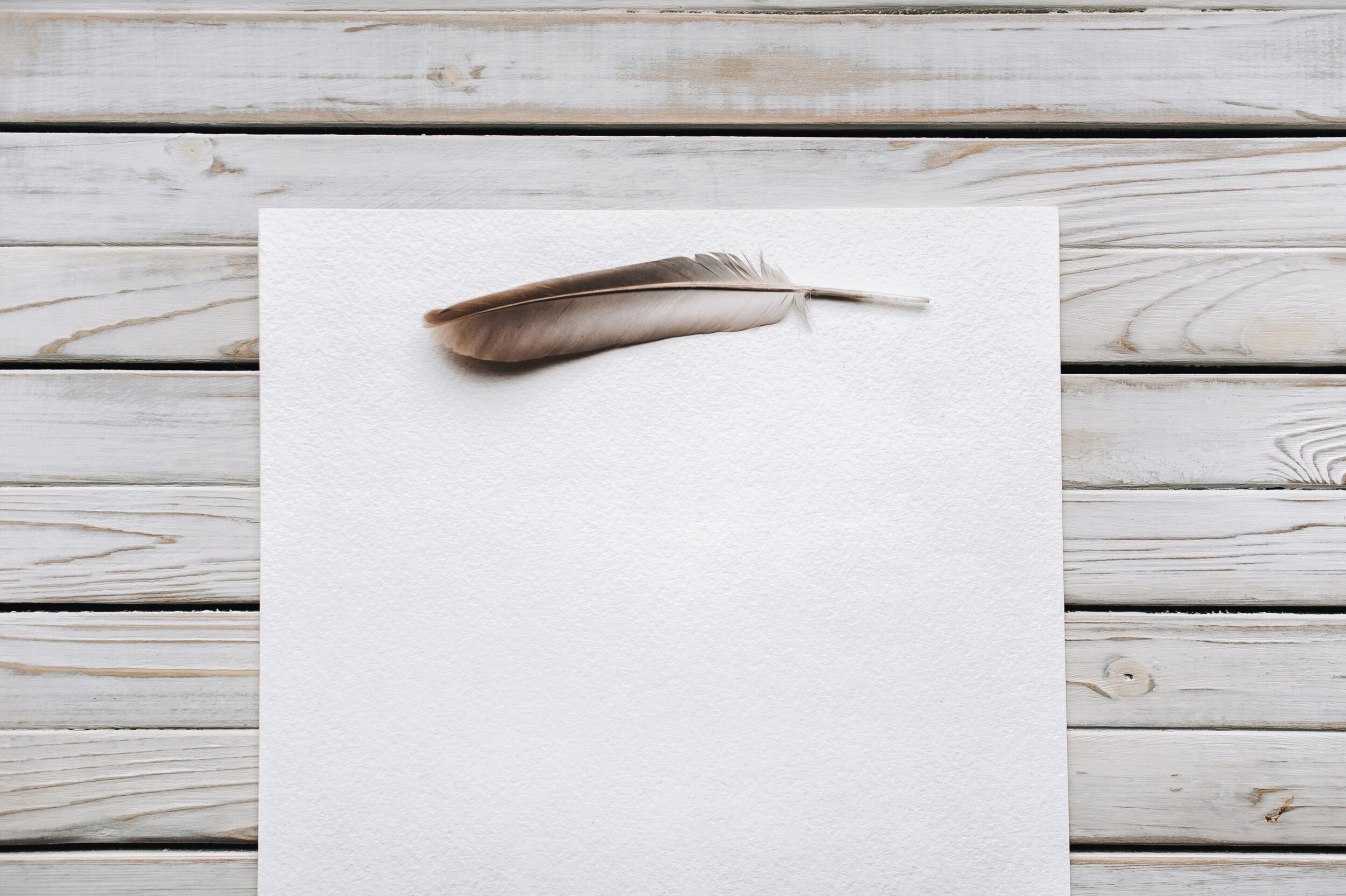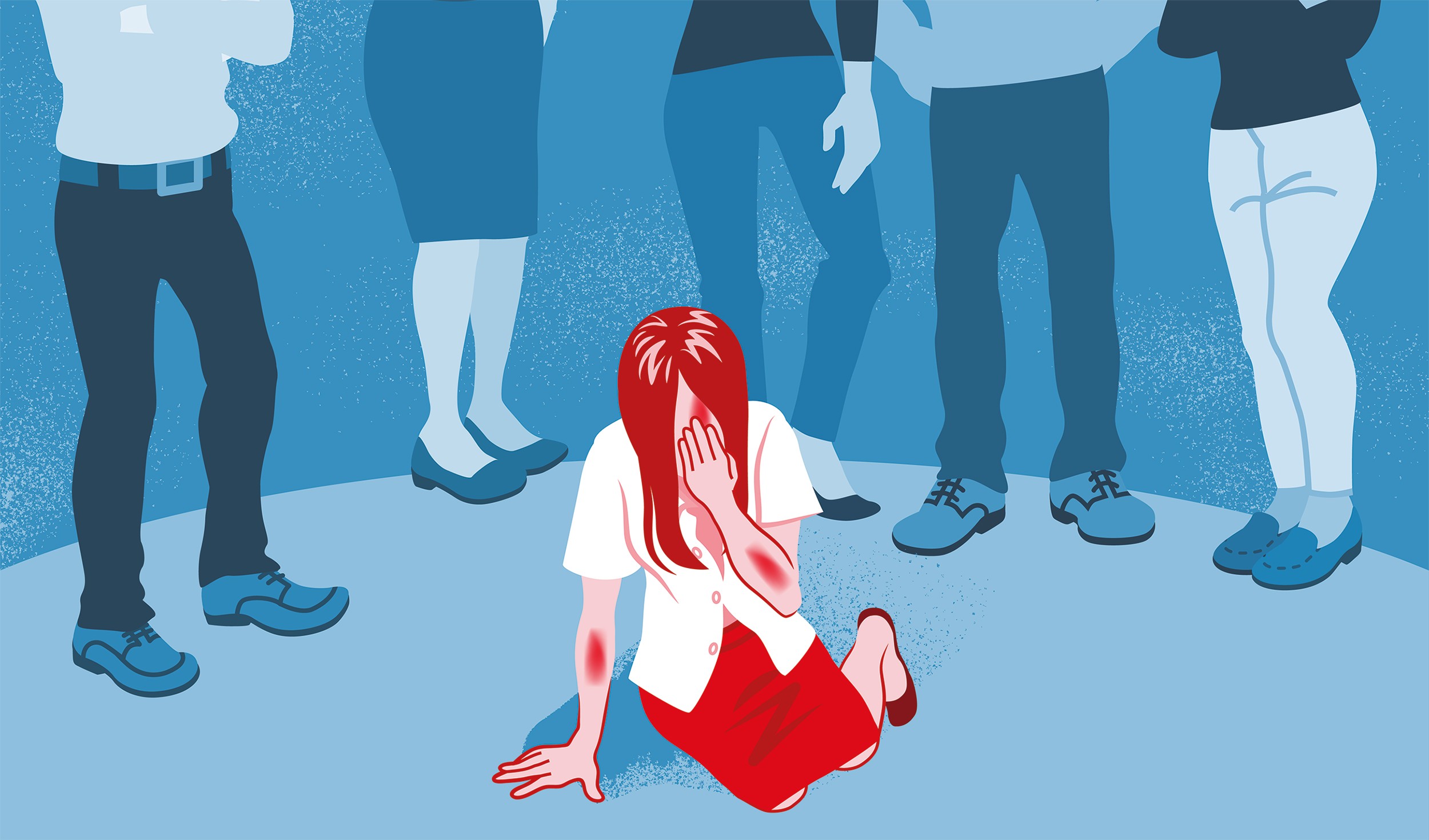This article was first published in the OCD-UK members magazine (December 2017), and published online June 2018.
Inevitably as our lacklustre summer fades, the colder and darker nights are upon us, and some could be forgiven for thinking that we have skipped autumn and headed straight into winter.
An observation, just from viewing users who frequent our discussion forums in September and October, there is usually an upsurge in people feeling the blues, feeling sad, feeling that life is hard again and as a result, having an upsurge in their OCD problems.
This is sometimes known as Seasonal Affective Disorder (SAD), or sometimes just simply the ‘winter blues’.
Sometimes the dividing line between the winter blues and SAD can be blurred, but wherever you place yourself, if you’re struggling please consult a health professional.
But, be it winter blues or SAD, there is a lot that you can do to help yourself and most can be done very naturally with just minor changes to our everyday behaviour.
This is our guide to combating the winter blues.
1 – Get out and find natural daylight and seek the sun
The lack of sunshine can often be a contributory factor to the winter blues, and more so for many of us with OCD who sometimes spend longer indoors because of our condition. So, it’s important to make an effort to access as much sunlight as possible.
- If you have hedges directly outside windows, cut them back to ensure sunlight gets in.
- When you next buy furniture, buy light coloured upholstery.
- Even if you don’t feel able, get up and get out early to ensure you make the most of daylight hours.
- If able, negotiate with your employer to sit near a window at work.
- If there is a little rare winter sun, grab a book and head down to a coffee shop and enjoy a coffee or two with your book sat outside.
- Create a healthy packed lunch and eat your lunch outside around midday on bright days.
- If you are able to decorate, use bright colours on walls that will help reflect light.
- Ensure blinds and curtains are left open.
 For some people with Seasonal Affective Disorder it is recommended to purchase a therapy light box.
For some people with Seasonal Affective Disorder it is recommended to purchase a therapy light box.
SAD light therapy boxes create a white light simulation to effectively replicate sunlight, giving the user a positive response when they are lacking sunshine. If SAD is a recognised problem for you it could be a good investment; other than a bulb change it will last several winters, and if it helps keep SAD or the winter blues at bay it will be worth every penny.
- The light box should be used early in the day to boost you for the day ahead.
- Whilst a strength of at least 2,500 lux is recommended, many people find 10,000 lux to be most effective.
- Prices range from £40-£200.
- A sunrise simulation alarm clock in addition to a larger 10,000 lux box helps with waking up in a more positive frame of mind..
2 – Become an expert in healthy habits
It may be a cliché, but the three basics for good mental well-being are even more imperative at this time of the year.
- Good healthy diet – healthy food, your 5 a day and reduce caffeine
- Regular sleep patterns (at night, not daytime)
- Daily exercise
and of course…
- Find time to relax and practice relaxation.
Whilst you may not feel like it at this time of the year, and even less so if feeling down or depressed which is sadly all too common when we have OCD, we need to find time for daily exercise which can be helpful in lifting our mood and increasing energy levels. It has been suggested that exercise can be just as effective as medication for the winter blues.
Exercise doesn’t need to be specific like running, swimming or cycling (great if you can) but make an effort to get out and do a bit in the garden, a gentle walk in the park/countryside or even just walking to the shops instead of driving, or just do some housework (a good vacuuming can be weirdly energetic). If you like, register to fundraise for OCD-UK, and use that as your motivation to exercise throughout the winter by getting outside in natural daylight to run or cycle towards a fundraising challenge for OCD-UK.
A good balanced diet, is also widely recognised to be helpful in maintaining good mental well-being and is another basic change you can make with a little effort to do all you can to keep the winter blues at bay. Try and reduce the carbs (potatoes/pasta) and pack your diet with plenty of fruit and vegetables. Reducing your caffeine and sugar intake could also make significant differences.
3 – Summer is not just a time for holidays
We have to try and find time to relax in winter too, especially if we are prone to the winter blues. So if you are able to work, make sure you book time off mid-winter to engage in whatever activity you enjoy.
What would be even better is if you can get out and book a week’s break in the sun. The Canary Islands are known for their all year round sun, so see if you can get a last minute deal and head off to the sun. Although make sure you are ready and prepared for the gloom of the lovely British winter during your immediate post-holiday period so you don’t dip straight after the holiday boost.
For those with the budget who enjoy their winter sports (or those who live in Scotland), skiing is a great winter break to make the most of natural daylight and exercise at the same time.
Of course you don’t need to spend money to enjoy a bit of relaxation during your winter holiday. If you have a passion or hobby, plan ahead to enjoy pleasant activities during the time off. Or you can even book a pampering session somewhere. Seeing family and friends can also be a great way to relax, but choose wisely, try and spend time with people who are caring and supportive and if you can, people who will make you laugh. Laughter really is the best medicine!
4 – Outward and positive focus
One of our followers who struggles with the winter blues also suggested that participating in creative, visually engaging activities can be really helpful. It literally demands an outward focus, reducing the time spent on negative introspection. Looking at photos of sunny, summer scenes and gardens in full bloom during the darker half of the year can really help because it causes an echo of the feelings of well-being and contentment from when the photos were taken. The focus is changed from the drab here-and-now, to the positive there-and-then.
Summary
Individually these changes may not make too much difference on their own, but just like Team Sky who applied a principle of marginal gains, the more frequently you are able to combine all of these changes to your daily routine in winter, the more these marginal gains will combine to make a big difference.
Treating SAD
The treatments for SAD are very similar to those for OCD, with the treatment found to be the most effective in successfully treating it is a talking therapy called Cognitive Behavioural Therapy (CBT) alongside lifestyle changes like those listed above. Some people find they also need the additional support of anti-depressant medications may help, usually a form of anti-depressant SSRI (Selective Serotonin Re-uptake Inhibitor) medication.
Note: Please consult a health professional if you are experiencing problems with Seasonal Affective Disorder or depression.
What to read next:



